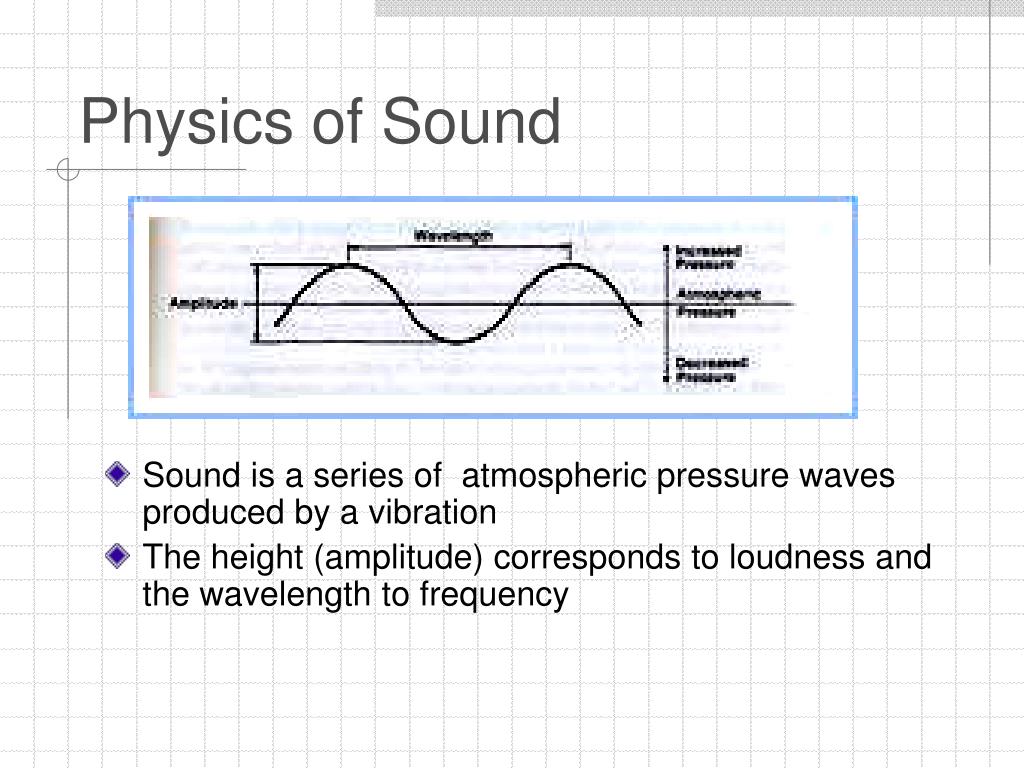
PPT Physics of Sound PowerPoint Presentation, free download ID70345
A sound is a form of energy, just like electricity, heat or light. Sound is one of the important senses of the human body. Some sounds are pleasant, and some are annoying. We are subjected to various types of sound all time. Sound waves are the result of the vibration of objects. Let's examine some sources of sounds like a bell.
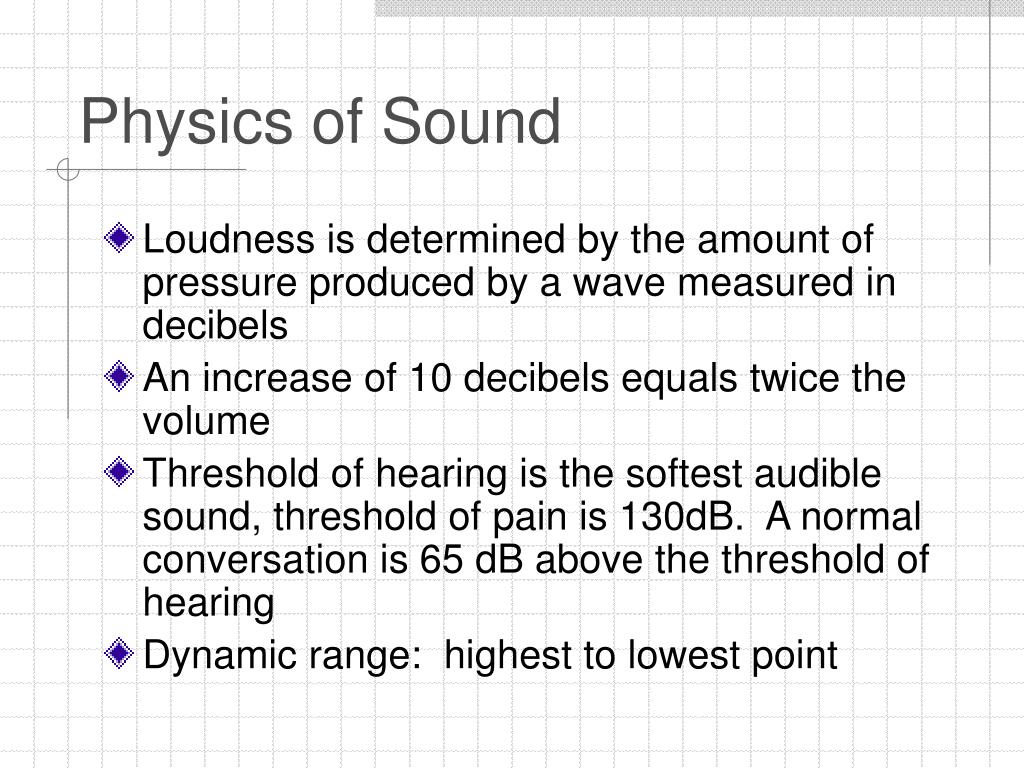
PPT Physics of Sound PowerPoint Presentation, free download ID70345
Sound is a longitudinal, mechanical wave. Sound can travel through any medium, but it cannot travel through a vacuum. There is no sound in outer space. Sound is a variation in pressure. A region of increased pressure on a sound wave is called a compression (or condensation).
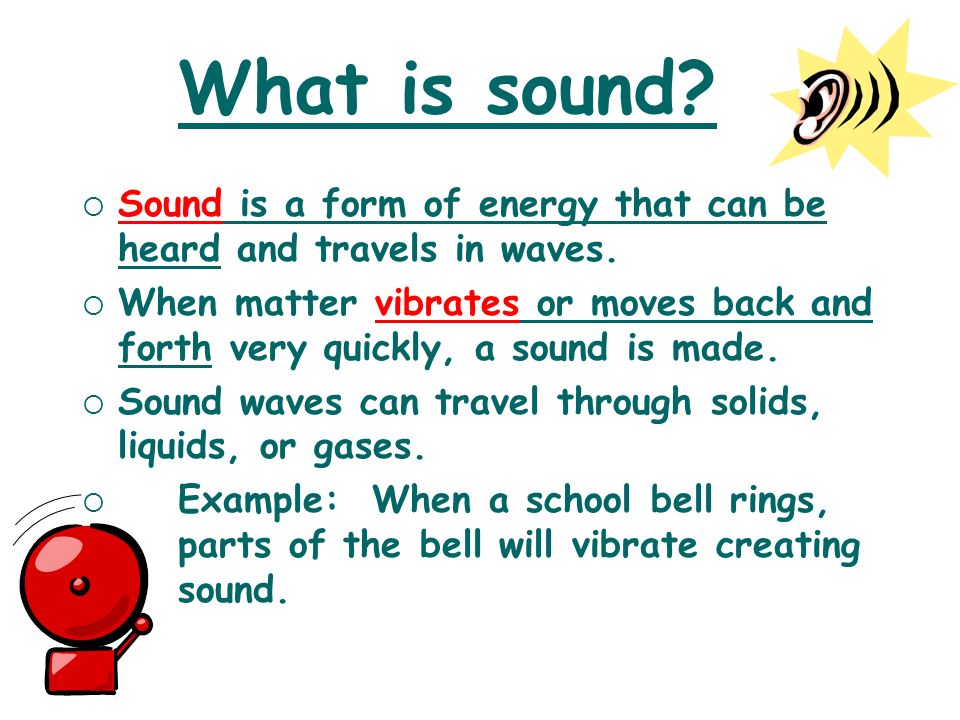
Echoes and Vibrations of Sound ICSE Solutions for Class 10 Physics A Plus Topper
Sound will also travel through a solid, but in that case the interactions of the particles are different than in a fluid, and the constant that takes the place of tension is a different one: Young's modulus. But the formula looks the same: vsound in solid = Y ρ−−√ (2.1.2) (2.1.2) v s o u n d i n s o l i d = Y ρ.

Amplitude, Frequency and Time Period of Sound Teachoo Concepts
On the atomic scale, sound is a disturbance of atoms that is far more ordered than their thermal motions. In many instances, sound is a periodic wave, and the atoms undergo simple harmonic motion. Thus, sound waves can induce oscillations and resonance effects ( Figure 17.2 ).

Loudness Easy Science Physics lessons, Science student, Science facts
The speed or velocity at which sound travels through a medium is dependent upon the density and the elasticity of the medium. The three important terms that are the basics for understanding the physics of sound are sound pressure, sound power, and sound intensity. Sound pressure is defined as the difference between atmospheric pressure and the.
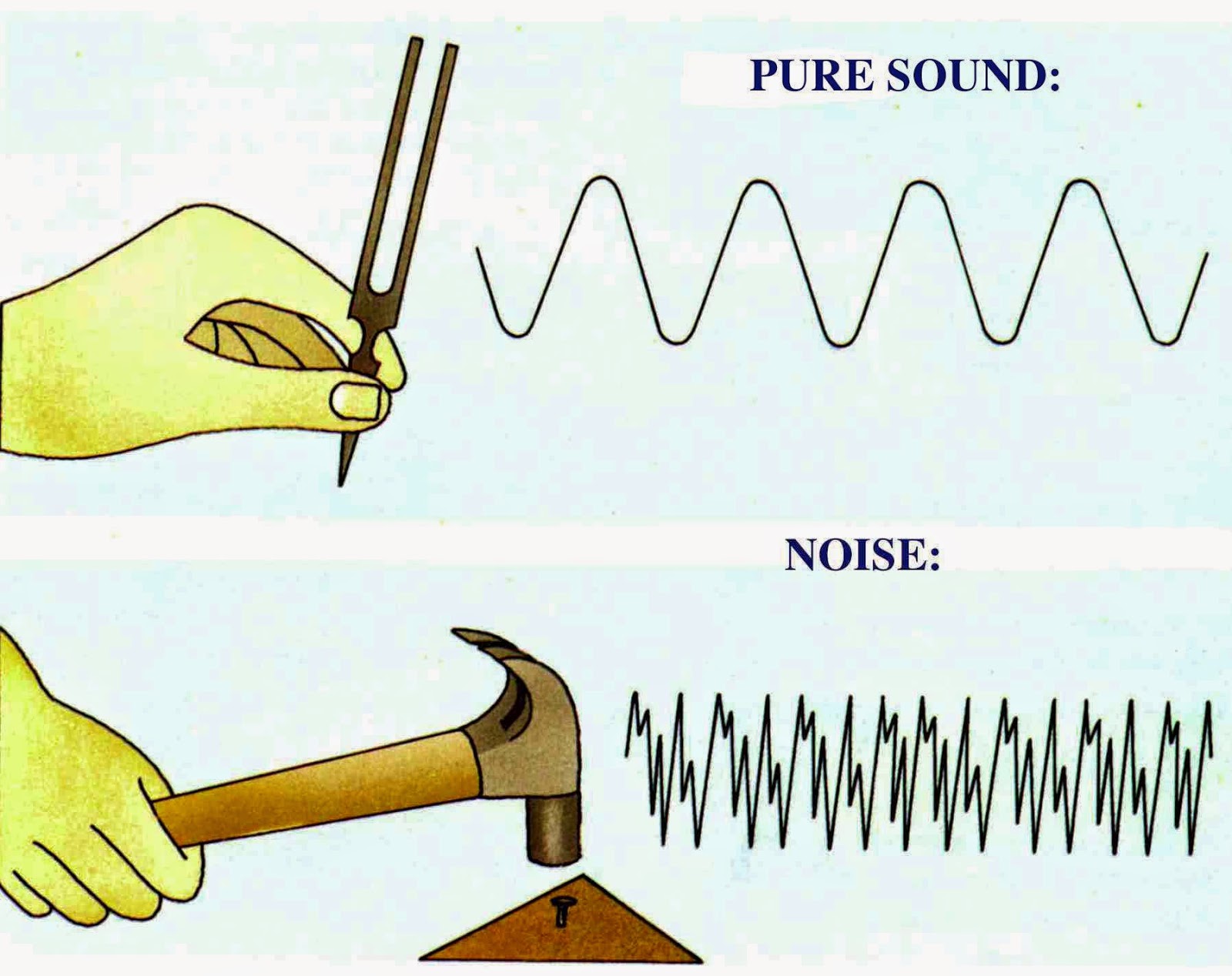
Science online How can the human ear differentiate between the sounds
A sound wave is a vibration that travels through a solid, liquid or gas such as the air or water. A loud sound has a large amplitude, a high pitched sound has a high frequency. Musicians and.

How Sound Waves Interact Definitions & Examples Video & Lesson Transcript
Sound is a type of mechanical wave or an oscillation of matter. A wave is a disturbance that travels from one location to another in a medium. The key here is that the points in the medium oscillate in place while the disturbance itself travels. For example, consider a wave done by a crowd at a ball game.
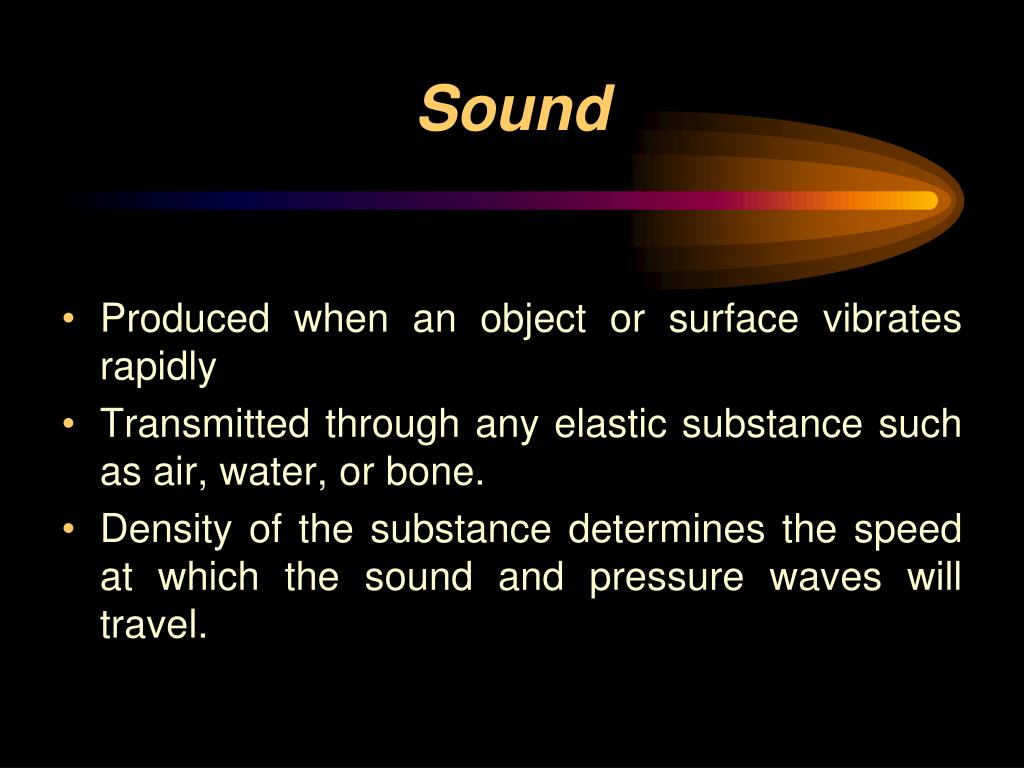
PPT PHYSICS OF SOUND PowerPoint Presentation, free download ID5938395
sound, Mechanical disturbance that propagates as a longitudinal wave through a solid, liquid, or gas. A sound wave is generated by a vibrating object. The vibrations cause alternating compressions (regions of crowding) and rarefactions (regions of scarcity) in the particles of the medium. The particles move back and forth in the direction of.
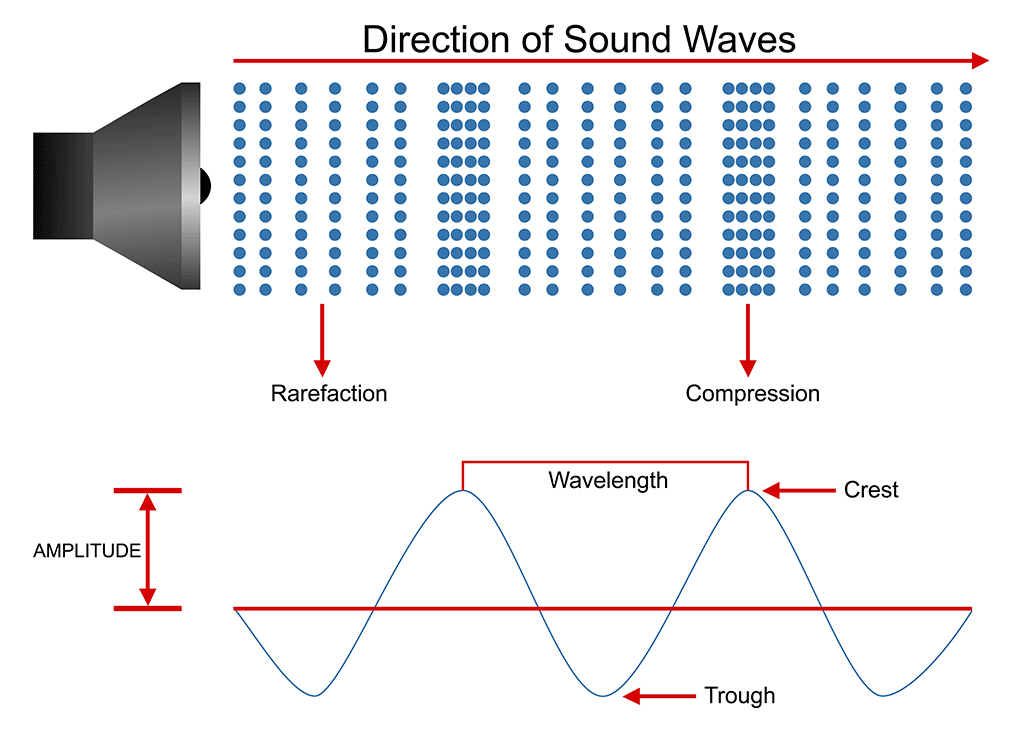
Sound Waves PASCO
Sound. Sound is a vibration or disturbance that travel through any medium by transferring energy from one particle to other and can be heard when it reaches a person's or animal's ear. For example when an object vibrates it transfers its energy to the surrounding particles and makes them to vibrate.These particles again collide with the other.
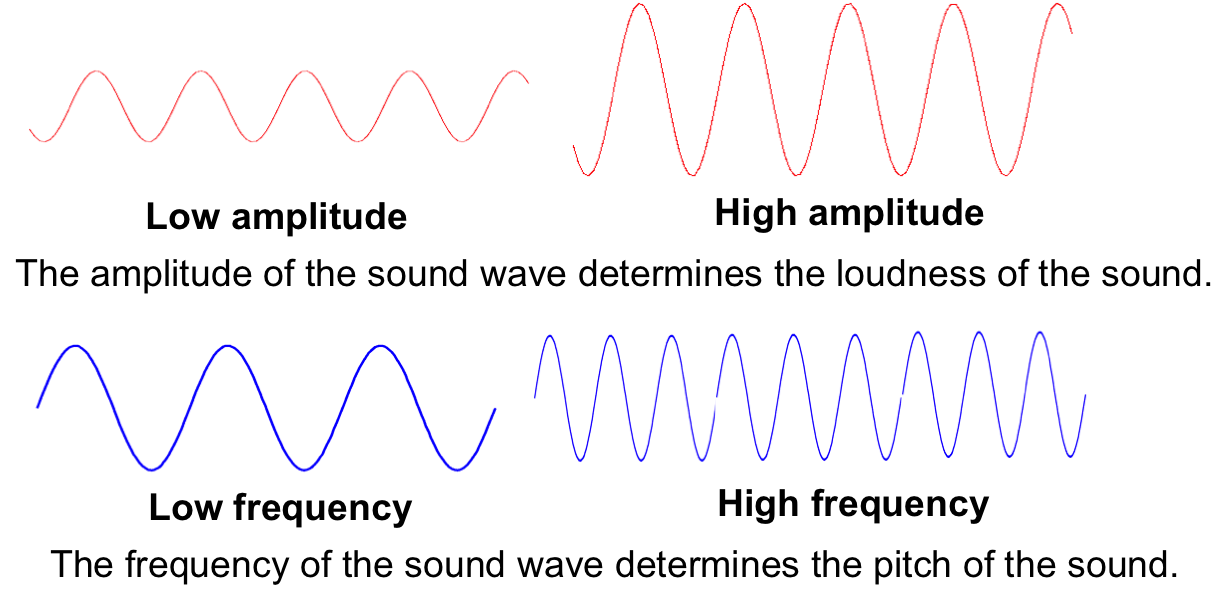
PhysicsWhat is sound?
17.3: Sound Intensity. Intensity I = P A P A is the same for a sound wave as was defined for all waves, where P is the power crossing area A. The SI unit for I is watts per meter squared. The intensity of a sound wave is also related to the pressure amplitude Δ Δ p: I = (Δp)2 2ρv (17.S.22) (17.S.22) I = ( Δ p) 2 2 ρ v.
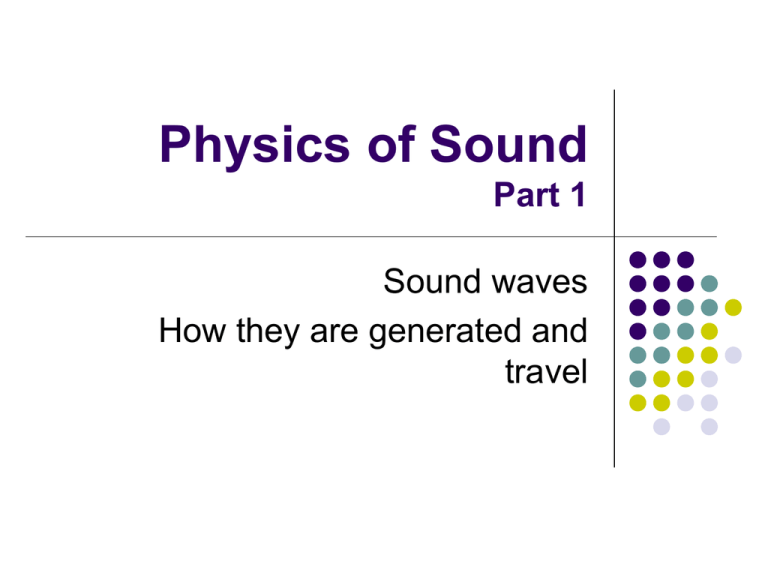
physics of sound
Sound is a form of energy that transfers through particles of matter as compression waves.Sound waves are longitudinal mechanical waves that oscillate in the direction the wave is traveling.
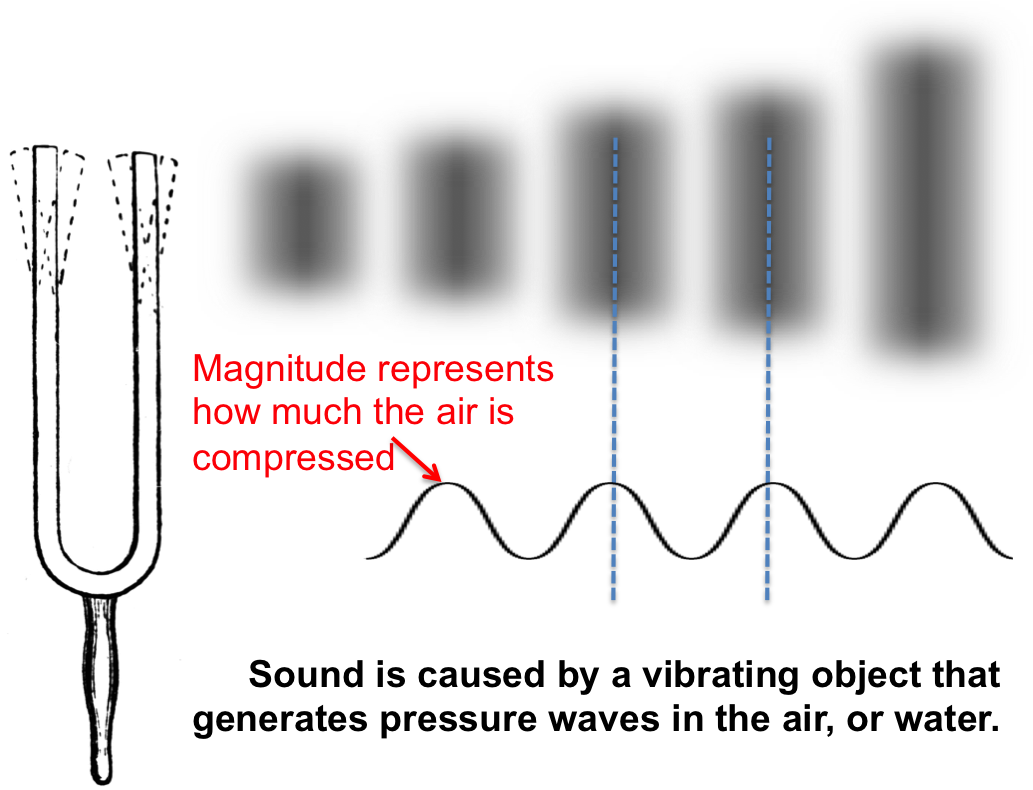
PhysicsWhat is sound?
Sound Sound. The amplitude and frequency of a sound wave can be examined using a microphone and oscilloscope. By measuring the speed of sound we can apply the wave equation to determine its.

WhatisSound_1 Leverage Edu
Home Bookshelves University Physics University Physics (OpenStax) University Physics I - Mechanics, Sound, Oscillations, and Waves (OpenStax)

Physics Intro or Basics of Sound Waves YouTube
Sound is a wave. On the atomic scale, it is a disturbance of atoms that is far more ordered than their thermal motions. In many instances, sound is a periodic wave, and the atoms undergo simple harmonic motion. In this text, we shall explore such periodic sound waves.
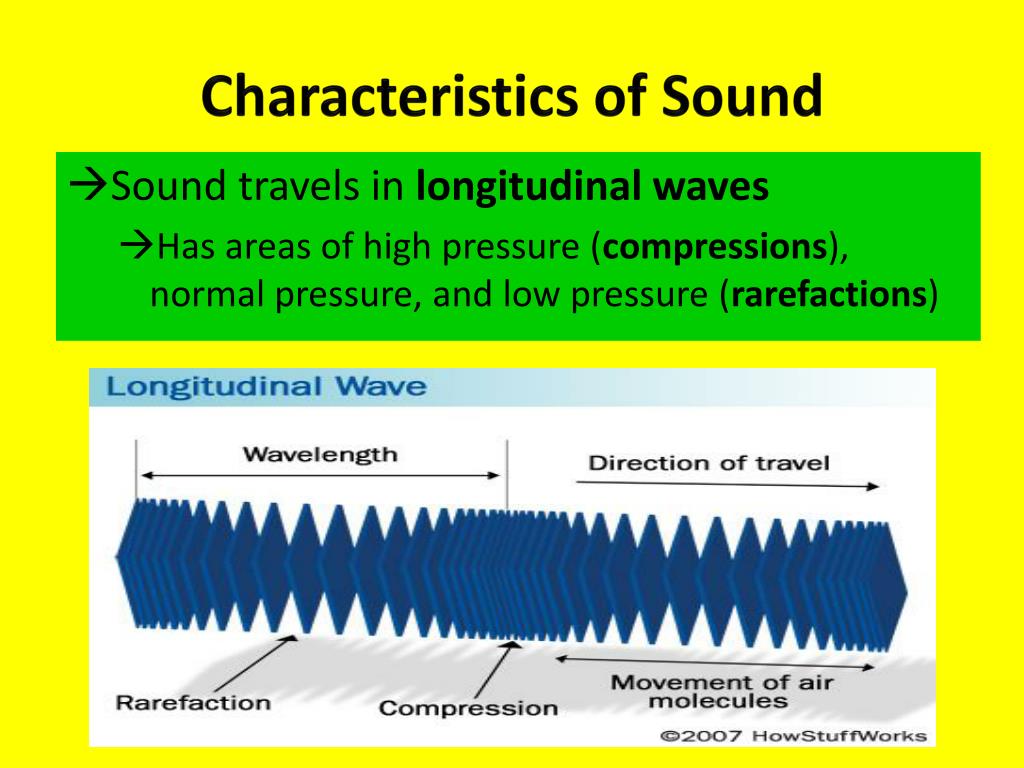
PPT Characteristics of Sound PowerPoint Presentation, free download ID2462093
In physics, sound is a vibration that propagates as an acoustic wave through a transmission medium such as a gas, liquid or solid. In human physiology and psychology, sound is the reception of such waves and their perception by the brain. [1]

Sound infographic diagram including definition and example of playing piano releasing vibrations
sound, a mechanical disturbance from a state of equilibrium that propagates through an elastic material medium.